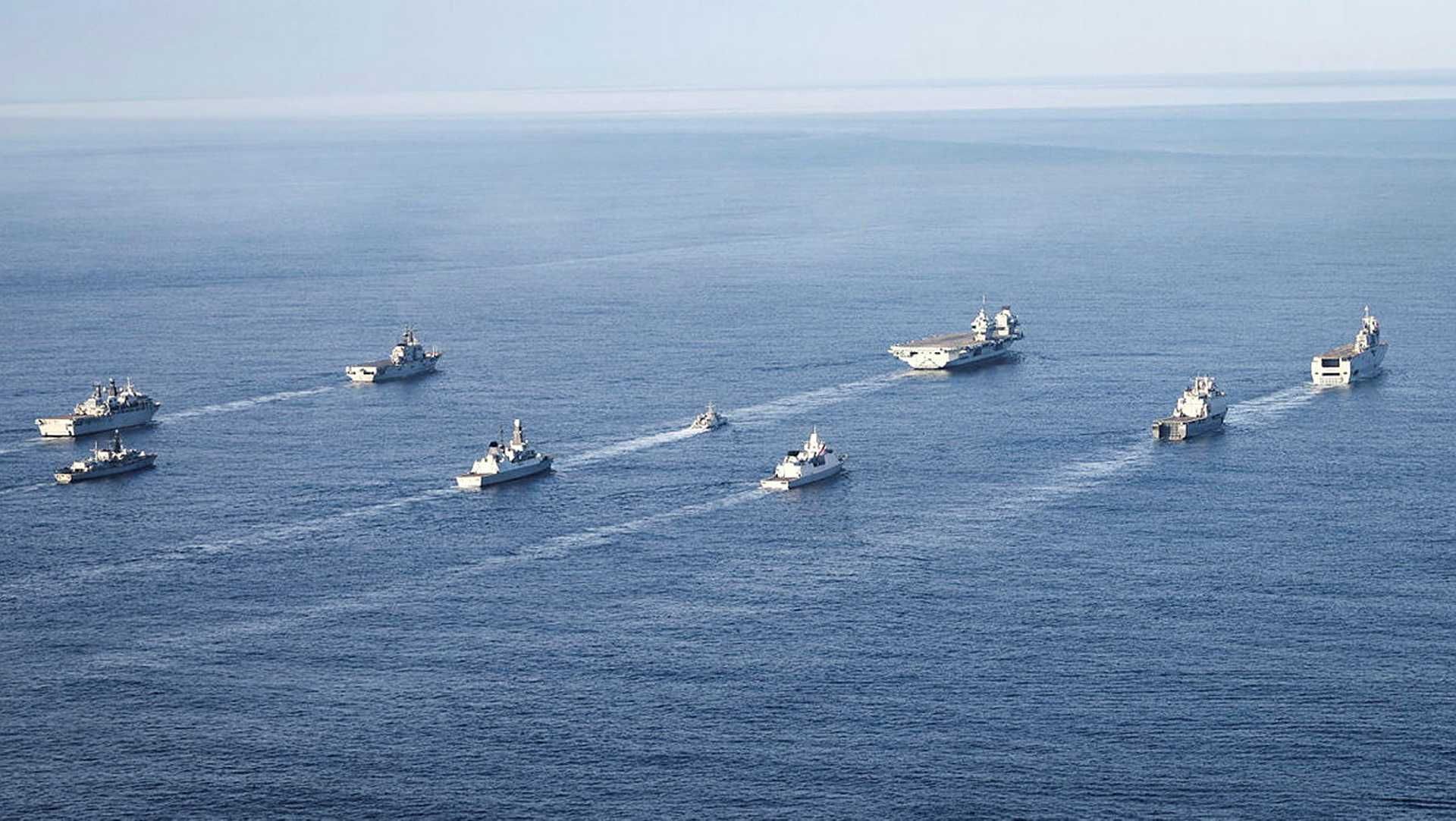Breaking News
Focus | British Type 83 destroyer moves towards the development phase to strengthen naval air defense.
As reported by the UK Defence Journal on March 4, 2025, the United Kingdom has officially initiated the concept phase for the next-generation Type 83 destroyer, a key component of the Future Air Dominance System (FADS) program. This class of guided-missile destroyers is being developed to replace the Royal Navy’s existing Type 45 destroyers, ensuring maritime air defense capabilities remain operational into the late 2030s and beyond. In response to a parliamentary question from MP Mark Francois, Minister of State for Defence Maria Eagle confirmed the Type 83’s role in FADS and its purpose of replacing the Type 45’s air defense function.
Follow Army Recognition on Google News at this link

This new class of guided-missile destroyers is being developed to replace the Royal Navy’s existing Type 45 destroyers, ensuring maritime air defense capabilities remain operational into the late 2030s and beyond. (Picture source: British MoD)
The Type 83 is expected to be larger and more advanced than its predecessor, and serve both as a conventional guided-missile destroyer and an air defense destroyer. Its primary mission will be to provide integrated air and missile defense against various threats, including hypersonic missiles. Government updates have described FADS as a multi-domain initiative designed to enhance UK defense capabilities across air, land, and maritime operations. In December 2024, the Ministry of Defence (MoD) conducted a Market Engagement Event (MEE) to collect industry input on the project’s direction, evaluating marketplace capabilities and challenges. Further industry engagement is scheduled for 2025 as the Royal Navy refines its requirements.
Concept images released in 2023 suggest the Type 83 may be larger than the Type 45, with a size comparable to the US Navy’s Zumwalt-class or China’s Type 055 destroyers. Although exact specifications remain undisclosed, the Type 83 is anticipated to incorporate next-generation radar and sensor systems, possibly including an advanced phased array radar suite. The ship is also expected to be equipped with Mk 41 vertical launch systems (VLS) for air defense, land attack, and anti-ship missiles. Additionally, it may feature a power generation system capable of supporting directed energy weapons such as high-energy lasers or railguns.
The projected timeline for the Type 83 indicates an Initial Operating Capability (IOC) in the late 2030s or early 2040s. The exact number of ships to be built remains uncertain, as past UK defense procurement programs have often resulted in fewer vessels than initially planned. Future decisions regarding fleet composition are expected to be determined through a Strategic Defence Review later in the decade.
The location of the Type 83’s construction is another unresolved factor. While the government has expressed support for domestic shipbuilding, no official confirmation has been made regarding the shipyard responsible for the program. Minister Maria Eagle stated that the decision remains subject to commercial considerations, but she noted that the project will sustain employment in the UK defense sector until at least the mid-2040s, depending on the number of ships constructed. The MoD has committed to analyzing supply chain involvement and social value aspects during the concept phase to ensure the support of UK-based defense manufacturing.
Several design concepts have been proposed, including a large cruiser-like vessel with an expanded missile payload, an arsenal ship with a reduced crew requirement, and an air-warfare variant derived from the Type 26 frigate. Each approach presents trade-offs in terms of cost, capability, and operational flexibility. Parallel developments in sensor technology, such as the potential integration of the Aegis combat system or UK-developed radar systems, could influence final design decisions.

The Type 83's primary mission will be to provide integrated air and missile defense against various threats, including hypersonic missiles, likely for the UK Carrier Strike Group, also known as UKCSG. (Picture source: British MoD)
The Type 45 destroyers currently serve as the Royal Navy’s primary air defense platform, with plans for their retirement by 2038. To maintain operational effectiveness until the Type 83 enters service, the Type 45s are undergoing upgrades, including the integration of the Sea Ceptor missile system. However, concerns remain over whether the replacement schedule will maintain the required number of air defense platforms. Historically, UK naval procurement programs have seen reductions in planned fleet numbers, and similar risks could impact the Type 83 program.
The Future Air Dominance System (FADS) is designed as a system-of-systems, with Type 83 destroyers expected to operate alongside NATO allies, the Queen Elizabeth-class carrier air wing, and other maritime and land-based assets. Preliminary discussions have indicated that the ships may act as motherships for new sensors and autonomous vessels, potentially expanding their role beyond traditional air defense. The MoD has also confirmed that the Type 83 will be equipped to counter hypersonic missile threats.
Former Chief of the Defence Staff General Nick Carter has previously highlighted the necessity of these destroyers, emphasizing that the Type 45s currently provide the UK’s only long-range air defense capability against cruise and ballistic missile threats. The final number of Type 83s to be constructed is yet to be determined and will be influenced by the upcoming Strategic Defence Review.
Uncertainty also surrounds the industrial strategy for the Type 83 program. Multiple UK shipyards are competing for the contract, and the MoD has yet to decide whether the vessels will be constructed at a single facility or distributed across multiple sites. The government has reaffirmed its commitment to sustaining domestic shipbuilding jobs, with officials indicating that the program will generate employment opportunities through at least the mid-2040s.
Challenges related to recruitment and resource management within the Royal Navy have raised concerns about whether the number of Type 83s procured will be sufficient to maintain current operational capabilities. Previous trends suggest that projected fleet sizes often decrease over time, which could lead to capability gaps in the UK’s air defense structure if the Type 83 program does not meet planned targets.


























